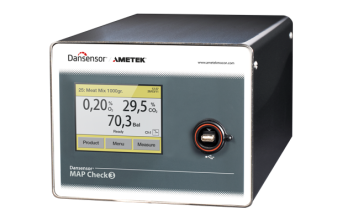
Using zinc (Zn) and cerium (Ce) electrolytes, researchers at City University of Hong Kong have created a redox flow battery (RFB) that they believe could be an excellent option for storing renewable energy.
Researcher Walid Daoud noted in an interview with pv magazine that the Zn-Ce flow battery typically only lasts through a few cycles despite its reasonable cost and high energy density. To address these issues, we proposed a new cell design.
Separating the incompatible ions of the two electrolytes is accomplished by the battery’s dual membrane design. The scientists can separate incompatible species while allocating charge carriers to ions that are compatible with the electrolytes. The architecture also prevents hydrogen ions from poisoning the Zn half-cell, allowing for high and sustained Coulumbic efficiency.
According to Daoud, “the stability of the anion membrane is threatened by the fact that the Ce electrolyte is highly oxidative.” Therefore, “improvements need to be made to the stability and selectivity of anion membrane.”
During cycling, the device’s average Coulombic efficiency reached a record high of 94%, with a voltage plateau of 2.3 V at 20 mA cm2, an energy efficiency of 71.3% at 60 mA cm2, and a record total efficiency of 94.7%.
“It is concluded that the Zn electrolyte with highly reversible Zn plating/striping and inhibited hydrogen evolution reaction forms the cornerstone of the high Coulombic efficiency,” the authors write.
Daoud predicted that PV power generation and Zn-Ce RFBS might function together in the future.
“Many doors will open as a result of the system’s adaptability and the security it provides. The battery can be expanded to accommodate the varying storage needs of solar power facilities, he said. The low cost and widespread availability of zinc make these storage systems very attractive. However, zinc dendrites may be able to breach the membrane, and the limited electrode area for zinc deposition reduces the practical energy density compared to the theoretical energy density.
The battery technique was reported by the research group in “The Renaissance of the Zn-Ce Flow Battery: Dual-Membrane Configuration Enables Unprecedentedly High Efficiency,” which was just published in ACS Publications.
Researchers concluded that their work “designs a dual-membrane Zn-Ce RFB to overcome the incompatibility issue, with which the cell displays a stable and reproducible cycling performance,” resurrecting the potential of Zn-Ce RFBs as promising high-power-density rechargeable batteries.


